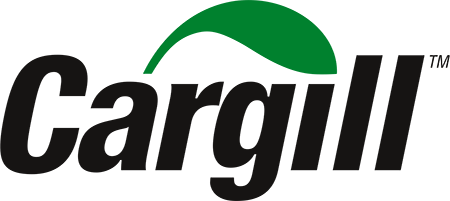
How Cargill Cut Maintenance Labor Costs by 40% using Azima
Customer Since: 2014 | Industry: Transportation
Cargill is a global agriculture business headquartered in Minnetonka, Minnesota. The company produces and distributes a wide range of foods, from premium cocoa to hamburger patties. Cargill also produces ingredients for pharmaceutical products.
Cargill has been in operation for more than 150 years and has 155,000 employees. The company operates in 70 countries around the world and across different verticals. Along with agriculture and pharmaceuticals, Cargill is involved in shipping goods and refining raw materials. The company also provides third-party services to livestock and aquaculture farmers, as well as iron and steel producers.
Because of the nature of its operations, Cargill places a high value on maximizing asset uptime. Reducing unplanned outages and staying ahead of machine failure are constant challenges for such a large, far-flung operation. That’s why the company turned to Azima for a new approach to condition monitoring.
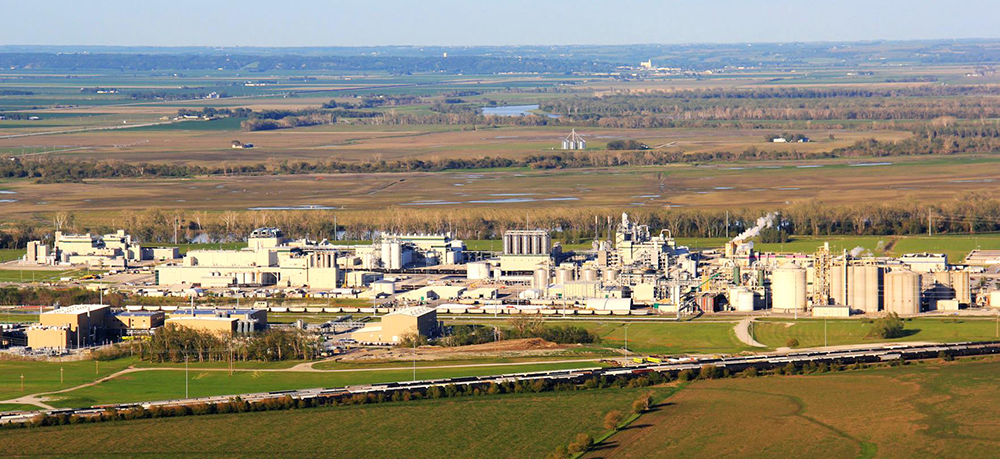
Background
Cargill is a global agriculture business headquartered in Minnetonka, Minnesota. The company produces and distributes a wide range of foods, from premium cocoa to hamburger patties. Cargill also produces ingredients for pharmaceutical products.
Cargill has been in operation for more than 150 years and has 155,000 employees. The company operates in 70 countries around the world and across different verticals. Along with agriculture and pharmaceuticals, Cargill is involved in shipping goods and refining raw materials. The company also provides third-party services to livestock and aquaculture farmers, as well as iron and steel producers.
Because of the nature of its operations, Cargill places a high value on maximizing asset uptime. Reducing unplanned outages and staying ahead of machine failure are constant challenges for such a large, far-flung operation. That’s why the company turned to Azima for a new approach to condition monitoring.

Goals
Cargill has been using a form of condition-based monitoring for more than 20 years now. However, prior to 2014, the company’s approach relied on dated methods. Maintenance crews collected data using a route-based monitoring system, and technicians had to check every machine test result. The approach was inefficient and costly.
In 2014, the company decided to update its condition monitoring infrastructure by introducing IIoT tools. They called in Azima, now a Fluke Reliability company, for help implementing the new approach.
Cargill’s goals were to improve overall asset health, boost productivity, and reduce downtime, especially of its critical assets. The company also wanted to reduce its maintenance costs and make better use of its maintenance resources.
Implementation
Cargill piloted its new IIoT-based condition monitoring program at two of its grain processing plants.
Working closely with Azima, Cargill created an asset criticality ranking, determining which machines were most critical to maintaining production. The most critical assets were called “black” assets, the least important were “white,” and other assets were assigned various shades of gray to reflect their criticality levels.
They determined that the most important, or “black,” assets in both facilities are the machines that grind grain. Cargill wanted to ensure that this machinery could stay up and running as long as possible, since unplanned shutdowns bring production to a halt.
Working with Azima, Cargill installed sensors on the grain grinders and other key assets. Azima replaced Cargil’s old vibration collectors with a network of triaxial sensors, which are capable of collecting data quickly. The new sensors were integrated with customized collection pads, which also sped up the data collection process.
Azima’s team also trained Cargill employees to collect data using the new sensors and mirror that data to the cloud. Cargill technicians were also trained to use Azima’s portal to view the detailed output from Azima’s AI-powered diagnostic engine.
Azima’s high-precision engine is capable of diagnosing 1200 different machine faults in the 50 most common asset components.
Unlike some diagnostic tools, the Azima diagnostic engine doesn’t just issue alerts when vibration levels exceed a certain threshold. Instead, it performs root cause analysis, indicates exactly which components may be developing a new fault, and issues a detailed report. That report, written in plain language, classifies every asset as either healthy or as having a slight, moderate, serious or extreme fault. The report lists recommended maintenance actions and sets priorities so that maintenance crews know exactly where to focus their energy.
Challenges
Azima’s team introduced some customizations to meet the unique needs of the Cargill plants.
Harsh conditions at the facilities initially caused corrosion on the sensors. Azima’s team had to redesign the equipment so that it could stand up to the low temperatures, high humidity levels, and abrasive dust at the plants.
Azima also had to build a new database of machine profiles before initiating the pilot program. The Azima diagnostic engine relies on a detailed picture of what every asset’s “normal” operation looks like. Since the existing data on Cargill’s assets was not sufficient, the Azima team collected data on machine horsepower, RPMs, configuration, and other performance attributes to build up a detailed baseline for each asset.
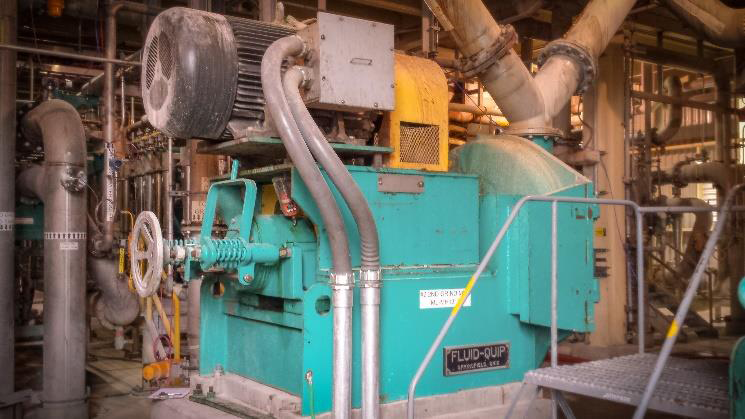
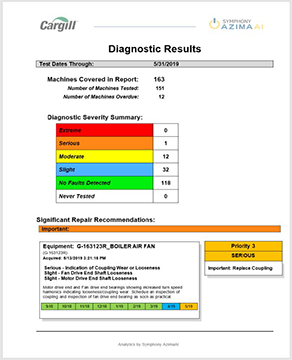
Results
Azima’s vibration sensors and diagnostic engine dramatically improved diagnostic accuracy and lowered maintenance costs. Cargill reduced its overall maintenance labor costs by 40%. The company has also reduced unplanned downtime.
Cargill’s old condition monitoring system used outdated sensors and a cumbersome diagnostic process. As a result, teams often misdiagnosed machine faults, and there were frequent “false positive” diagnoses. Maintenance crews were often sent out to make repairs which turned out to be unnecessary, resulting in wasted labor hours and other costs.
Today, Azima’s sensors and diagnostic engine have virtually eliminated these “false positives,” which means that maintenance costs are down, and teams are making better use of their resources.
Azima’s system also saves time for the technicians tasked with reviewing condition monitoring data. The diagnostic engine performs the preliminary asset health screening, which eliminates up to 90% of the review work. Expert technicians are now free to focus on the most critical assets and complex problems. Cargill now relies on a core team of five experts to operate the diagnostic program.
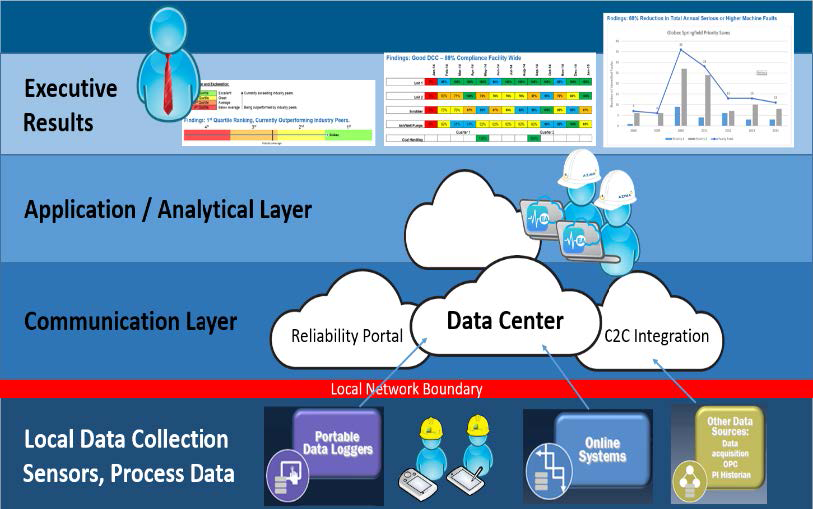
Next Steps
After the pilot’s success, Cargill expanded its new condition monitoring program. Today, the company uses Azima’s diagnostic service to monitor the health of more than 15,000 of its critical assets. Scaling the program was easy, thanks to the cloud and the availability of remote experts to consult with.
Cargill plans to continue expanding the program and putting its new data to work, while reaping the benefits of greater uptime, lower maintenance costs, and increased productivity thanks to better asset health.
